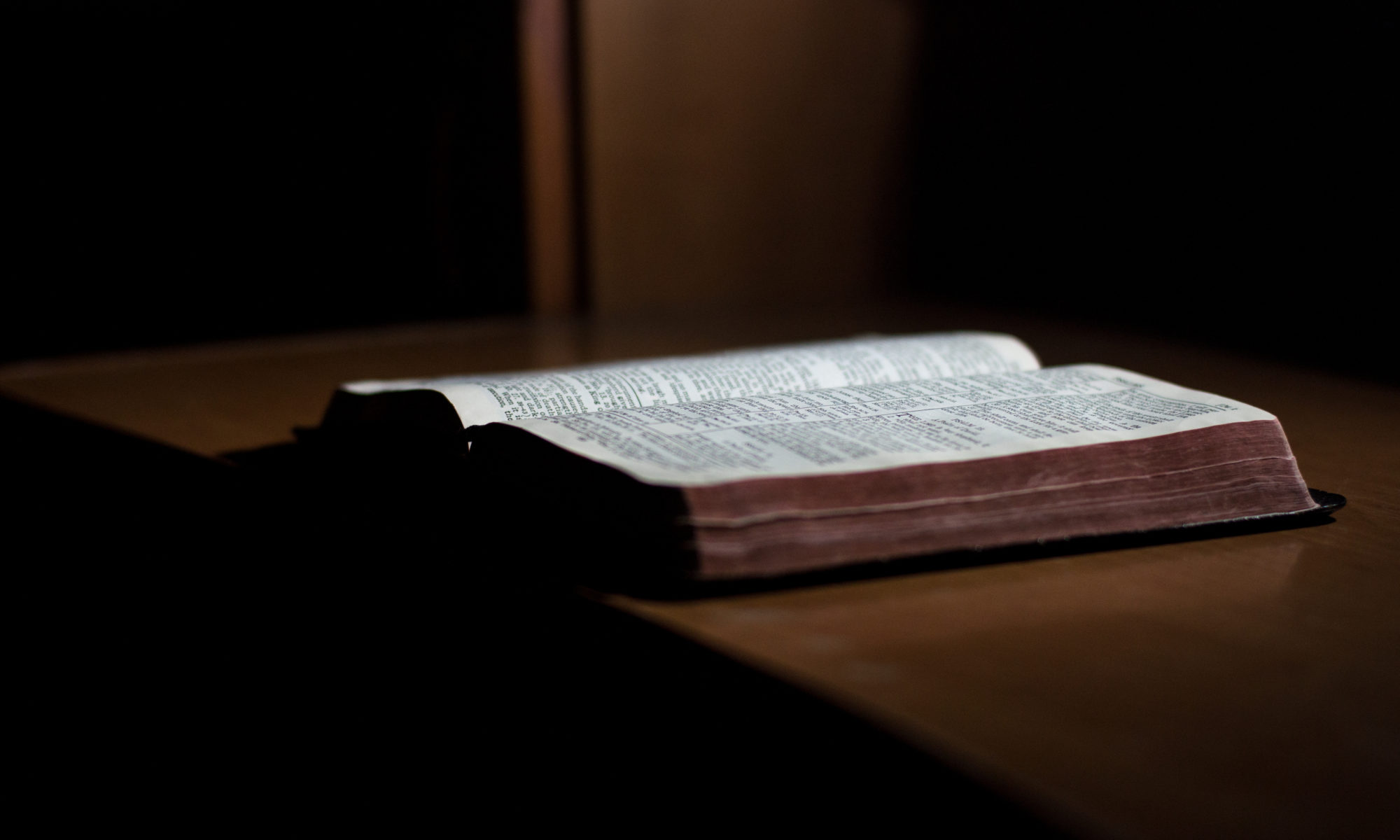The Book of Mormon proposes to reveal God’s dealings with the Americas. It relates a story of expeditions from the middle east to the Americas, the last of which occurred somewhere between 600 BC and 421 AD It further purports to restore certain truths that were taken out of the Bible (I Nephi 13:26-28). The Book of Mormon lays the responsibility for these removals of truth on the doorstep of the “abominable church,” which very likely was the Catholic Church. The story is of the family of a prophet named Lehi. They sailed across the Atlantic ocean by divine help and guidance and landed safely in the Americas. The precise location is a matter of study still among Mormons.
While still in the wilderness of Judea, Lehi was instructed to kill a man named Zoram and take brass plates containing the law from him. Lehi discovered that the plates contained not only the books of the Law of Moses, but also a record of the Jews from the beginning to the time of Zedekiah, king of Judah. (I Nephi 5:11-12). But he found something even more interesting. He found prophecies from some of the prophets and especially prophecies of Jeremiah. But even more interesting to him personally, he found a genealogy of his fathers and discovered that “he was a descendant of Joseph; yea even that Joseph who was the son of Jacob, who was sold into Egypt and who was preserved by the hand of the Lord.” (verse 14). Please keep this clearly before you for a few minutes.
Still near Jerusalem, Lehi and some Ishmaelites gave thanks and offered sacrifices unto the Lord their God, “and they did offer sacrifice and burnt offerings unto him” (I Nephi 7:22). During their sojourn in the wilderness two sons, Joseph and Jacob, were born (I Nephi 18:7). The ship was finally seaworthy and underway. The little band ultimately reached “the promised land.” Immediately upon arrival, Nephi wrote down an accurate record of his family lineage, with very careful attention paid to his father’s genealogy (I Nephi 19:1-2).
Family disputes and differences caused a split between Nephi and his brother, Laman. Nephi and his tribe kept the law of Moses with them and built a temple of worship. They also kept certain other records. Nephi seems to have spent considerable time recording various conversations and events. His collection of metal plates was probably quite sizable at the time of the family split. He claims that he and his family “did observe to keep the judgments, and the statutes, and the commandments of the Lord in all things, according to the law of Moses” (II Nephi 5:10). Please keep this clearly in your mind also.
The most egregious and obvious blunder in the entire Mormon plot is displayed in the next item. After making grandiose claims to keeping the law of Moses in all things, Nephi reports that “I, Nephi, did consecrate Jacob and Joseph, that they should be priests and teachers over the land of my people” (II Nephi 5:26). Now, to those things we have clearly in mind – Lehi was a descendant of Joseph, not Levi. All of his sons, including Joseph and Jacob, were also not descendants of Levi. They had a good copy of the Law of Moses with them. That law specifically stated, “And thou shalt appoint Aaron and his sons, and they shall wait on their priest’s office: and the stranger that cometh nigh shall be put to death” (Numbers 3:10). Aaron was of the tribe of Levi (Exodus 4:14). Nephi broke the commandments at least three ways. First he installed men into the priesthood who were not sons of Aaron. Second he did not slay them after they came nigh to do the priest’s work. Third, he lied about his careful observation of the law of Moses.
Hebrews 7:13-14 affirms that Jesus could not have been what Nephi made Joseph and Jacob do. Jesus could not have been a priest under the Law because he came from Judah, “of which tribe Moses spake nothing concerning priesthood.” What is said of Judah is true of Joseph. The Book of Mormon represents God Almighty as instituting, approving, and blessing a new priesthood in the descendants of Joseph, not Levi. Even though the Law of Moses specified that anyone other than a Levite or a son of Aaron should approach the office of priest would die, the Book of Mormon represents God as blessing one of another tribe who became a priest. If Nephi told the truth, when he claimed to have an accurate copy of the first five books of Moses (the Law) and that he kept it meticulously, he sinned when he installed non-Levites as priests. There is no reasonable answer any Mormon can give to this dilemma.
